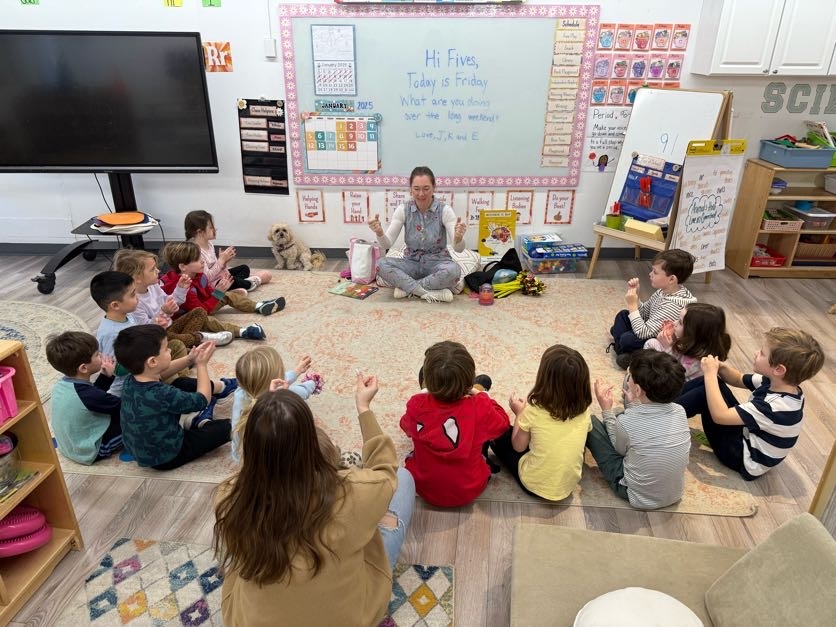
Play-Based SEL Curriculum Success: How One Preschool Made SEL Easy and Effective
Bringing Play-Based SEL to Life at A Child’s Place
At A Child’s Place preschool in Westport, CT, educators were looking for more than a typical classroom routine. They needed a play-based SEL curriculum that was easy to implement, standards-aligned, and meaningful for young learners.
“We don’t have time for complicated programs,” one teacher shared. And they’re not alone. Across early childhood education, schools are struggling to balance academic goals with emotional well-being, without adding more to already full plates.
That’s where the humanKIND Curriculum came in.
The Problem: Real-World Needs in Early Learning Classrooms
The staff at A Child’s Place identified several common pain points that made finding the right SEL program challenging:
- Limited Time: Teachers needed low-prep, easy-to-use tools that fit into their daily flow.
- Standards Alignment: Administrators wanted assurance that any new curriculum met state learning goals.
- Developmentally Appropriate: “Young children learn best through play,” one educator noted — worksheets weren’t going to cut it.
- Family Engagement: Parents wanted tools to reinforce emotional growth at home.
- Budget Constraints: The solution had to be cost-effective and scalable across multiple classrooms.
The Solution: The humanKIND Curriculum
The team adopted the humanKIND Curriculum, a story-based, play-driven SEL program created specifically for children ages 4–7. Designed by educators, it bridges evidence-based practice with classroom practicality.
Why it worked:
⭐ Low-Prep & Easy to Implement: Ready-to-use activities fit into existing routines.
⭐ Standards-Aligned: Every lesson is mapped to early learning benchmarks.
⭐ Play-Based & Hands-On: Movement, role-play, and storytelling kept learners engaged.
⭐ Strengthened Home-School Connection: Take-home tools and shared language supported families.
⭐ Cost-Effective: Flexible pricing per classroom made it accessible and scalable.
Learn more about the humanKIND Curriculum here.
The Outcomes: Real Impact in the Classroom
Educators and families began to notice meaningful change:
★ Smoother Transitions – Children shifted between activities with less disruption.
★ Stronger Peer Relationships – More empathy, cooperation, and kindness in play.
★ Higher Engagement – Kids were excited for their SEL time.
★ Empowered Educators – Teachers felt equipped to teach SEL with confidence.
★ Lasting Behavior Growth – Families noticed emotional vocabulary and problem-solving strategies at home.
Why Play-Based SEL Works
Research from Harvard’s Making Caring Common Project and Edutopia supports the importance of integrating social and emotional learning early — and doing so through developmentally appropriate, experiential learning.
This approach nurtures empathy, builds self-regulation, and strengthens community — all while making learning joyful.
Want These Results in Your School?
Explore how the humanKIND Curriculum can bring connection, calm, and kindness into your classroom — without adding more to your plate.
➡️ Explore the Case Study here
➡️ Book a free 30-minute consult with Cara Zelas here